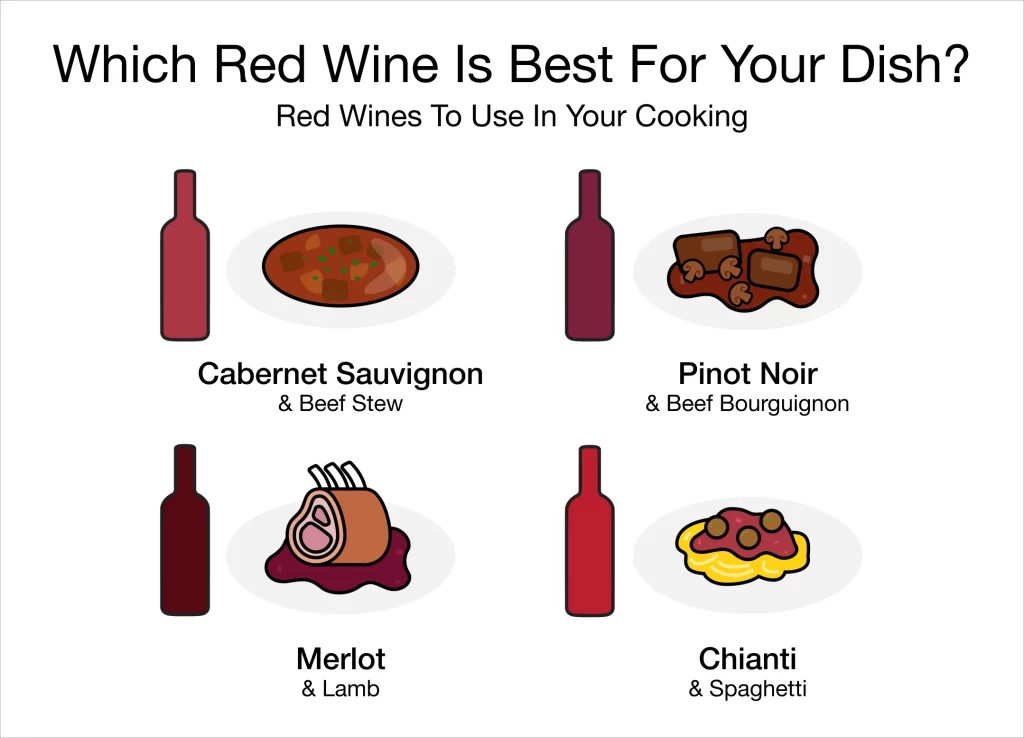What is a Dry Red Wine?
Dry red wine is a popular category of wine characterized by its low residual sugar content, resulting in a taste that is not sweet. This dryness is achieved through the fermentation process, where yeast converts the sugars found in grape juice into alcohol. The absence of residual sugar allows the natural flavors of the grapes to shine, providing a complex and often robust flavor profile. In this article, we will explore the characteristics, types, production methods, health benefits, and culinary uses of dry red wine, along with a comprehensive FAQ section.
Characteristics of Dry Red Wine
The defining characteristic of dry red wine is its lack of sweetness. Here are some key features that distinguish dry red wines from their sweeter counterparts:
| Characteristic | Description |
|---|---|
| Residual Sugar | Dry red wines typically contain less than 10 grams of residual sugar per liter. |
| Tannins | Tannins, derived from grape skins, seeds, and stems, contribute to the wine’s astringency and structure. |
| Acidity | Dry red wines often have balanced acidity, enhancing their flavor and making them food-friendly. |
| Alcohol Content | Most dry red wines have an alcohol content ranging from 12% to 15% ABV. |
| Flavor Profile | They can exhibit a wide range of flavors, including dark fruits, spices, and earthy notes. |
The Fermentation Process
The fermentation process for dry red wine is crucial in determining its dryness. Here’s a brief overview of how it works:
- Crushing: Grapes are crushed to release their juice, which contains sugars.
- Fermentation: Yeast is added to the juice, which consumes the sugars and converts them into alcohol and carbon dioxide. For dry wines, fermentation is allowed to continue until most of the sugars are converted.
- Maceration: The grape skins remain in contact with the juice during fermentation, which extracts color, tannins, and flavor compounds.
- Pressing: After fermentation, the wine is pressed to separate the liquid from the solid grape materials.
- Aging: The wine may be aged in barrels or tanks to develop its flavors before bottling.
Types of Dry Red Wine
There are numerous varietals of dry red wine, each with distinct characteristics influenced by the grape variety, terroir, and winemaking techniques. Here are some of the most popular types:
| Wine Type | Description |
|---|---|
| Cabernet Sauvignon | Known for its bold flavors of blackcurrant and cedar, this full-bodied wine has high tannins. |
| Merlot | A softer, medium to full-bodied wine with flavors of plum and black cherry. |
| Pinot Noir | A lighter-bodied wine with delicate flavors of cherry and raspberry, often with earthy notes. |
| Syrah/Shiraz | A rich and full-bodied wine with flavors of dark fruits, pepper, and spice. |
| Malbec | Known for its deep color and robust tannins, with notes of blackberry and cocoa. |
| Tempranillo | A Spanish varietal that offers flavors of cherry, plum, and leather, often with a spicy finish. |
The Versatility of Dry Red Wine
Dry red wine is incredibly versatile, making it suitable for various occasions and food pairings. Here are some common uses:
Food Pairing
Dry red wines pair beautifully with a wide range of dishes, enhancing the overall dining experience. Here are some classic pairings:
| Food Type | Recommended Dry Red Wine |
|---|---|
| Red Meat | Cabernet Sauvignon, Malbec, Syrah |
| Poultry | Merlot, Pinot Noir |
| Pasta Dishes | Chianti, Sangiovese |
| Cheese | Cabernet Sauvignon with aged cheeses, Pinot Noir with soft cheeses |
| Chocolate Desserts | Zinfandel, Port (for a sweeter option) |
Cooking with Dry Red Wine
Dry red wine is also a popular ingredient in cooking, adding depth and flavor to various dishes. Here are some ways to use dry red wine in the kitchen:
- Marinades: Incorporate dry red wine into marinades for meats to tenderize and enhance flavor.
- Sauces: Use red wine as a base for sauces, such as red wine reduction, to accompany meats or pasta.
- Braising: Add dry red wine to braises and stews for added richness and complexity.
Health Benefits of Dry Red Wine
When consumed in moderation, dry red wine may offer several health benefits, primarily due to its antioxidant content. Here are some potential benefits:
- Heart Health: The polyphenols found in red wine, particularly resveratrol, may help protect the heart by improving cholesterol levels and reducing inflammation.
- Longevity: Some studies suggest that moderate red wine consumption may be associated with increased longevity, potentially due to its antioxidant properties.
- Cognitive Function: Research indicates that moderate red wine consumption may be linked to improved cognitive function and a reduced risk of neurodegenerative diseases.
Frequently Asked Questions (FAQ)
1. What does “dry” mean in wine terminology?
The term “dry” refers to wines that have little to no residual sugar left after fermentation, resulting in a non-sweet taste.
2. How can I tell if a wine is dry?
Most red wines are dry, but if you’re unsure, consult the wine label or ask a knowledgeable staff member at a wine shop or restaurant.
3. Are all red wines dry?
No, not all red wines are dry. Some wines, such as dessert wines, are intentionally made to be sweet.
4. Can dry red wine be used for cooking?
Yes, dry red wine is commonly used in cooking to enhance the flavor of various dishes, such as sauces and marinades.
5. How much dry red wine is considered moderate consumption?
Moderate consumption is generally defined as one glass (5 ounces) per day for women and up to two glasses for men.
Conclusion
Dry red wine is a beloved category of wine known for its rich flavors, versatility, and potential health benefits. With a wide range of varietals to choose from, there is a dry red wine to suit every palate and occasion. Whether enjoyed on its own or paired with a delicious meal, dry red wine continues to be a favorite among wine enthusiasts around the world.For more information about dry red wine, you can visit the Wikipedia page on red wine.



